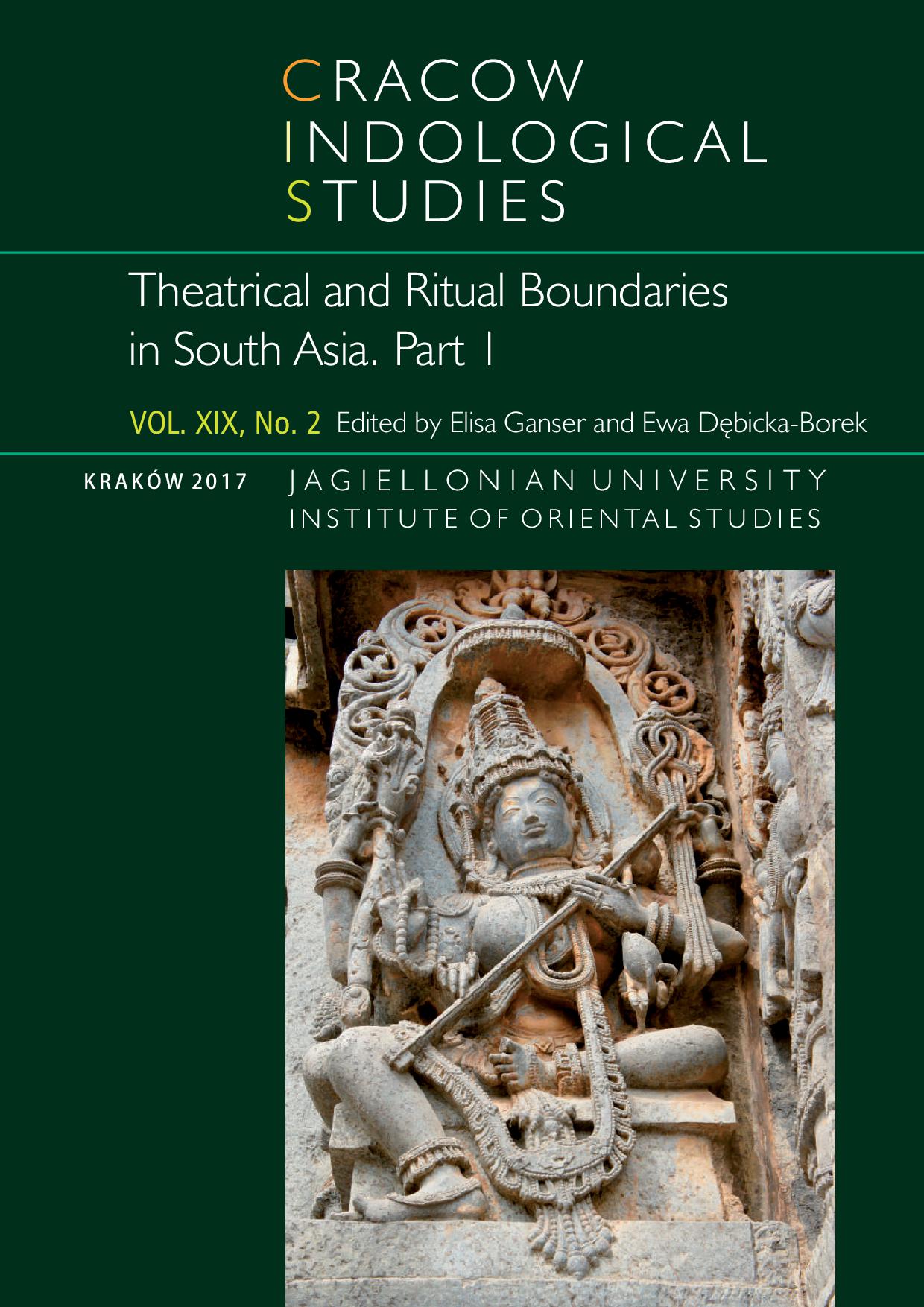The Voice of the Sculptures: How the ‘Language of Dance’ Can Be Used to Interpret Temple Sculptures
The Voice of the Sculptures: How the ‘Language of Dance’ Can Be Used to Interpret Temple Sculptures
An Example from the Hoysaḷeśvara Temple at Haḷebīd
Author(s): Anna TosatoSubject(s): Visual Arts, Sociology of Art
Published by: KSIĘGARNIA AKADEMICKA Sp. z o.o.
Keywords: Hoysaḷa sculptures; Hoysaḷeśvara temple; dance sculptures; nāṭya-śāstras; vismaya hasta
Summary/Abstract: The sculptures of the Hoysaḷeśvara temple at Haḷebīd abound in dance scenes and dance postures, thus representing a great source of material for the study of the relationship between dance and sculpture in traditional Indian art. In this work, a posture of the arms frequently found in the dance sculptures of the Hoysaḷeśvara temple is analyzed according to the nāṭya-śāstras and to its location in the temple building. So doing, I aim to investigate how the technical language of dance could have been used by the sculptors to inform temple sculptures with a variety of meanings, in a way analogous to the use of dance sequences to express specific feelings on stage. While doing so, the work highlights how traditional dance, with its full-fledged body language, possibly plays a specific role in the act of going to the temple: dance is the language through which the sculptures are enlivened and speak, so to say, to the devotees while they perform the ritual of circumambulating the temple (pradakṣiṇa) and entering into it.
Journal: Cracow Indological Studies
- Issue Year: 19/2017
- Issue No: 2
- Page Range: 79-109
- Page Count: 31
- Language: English

